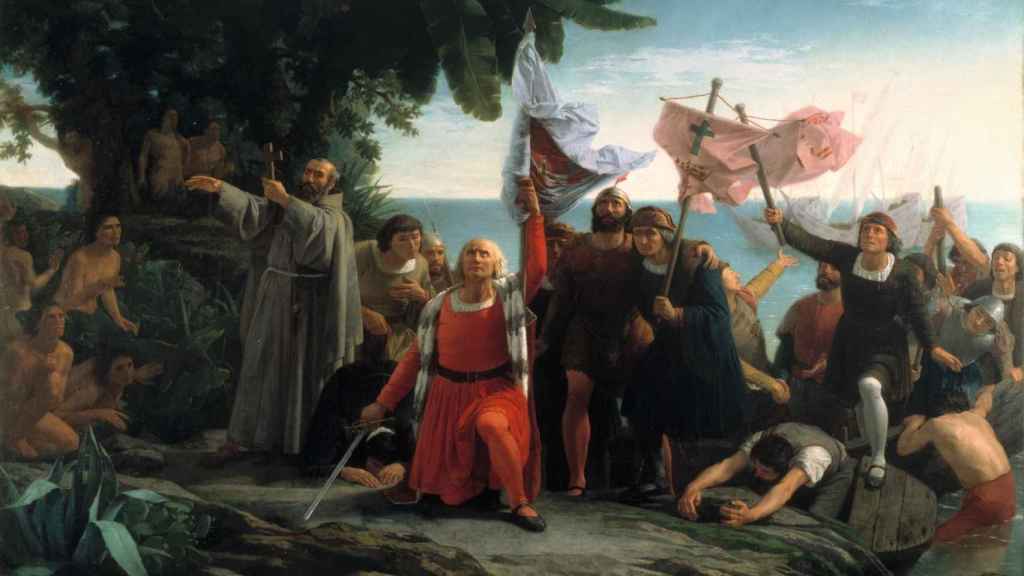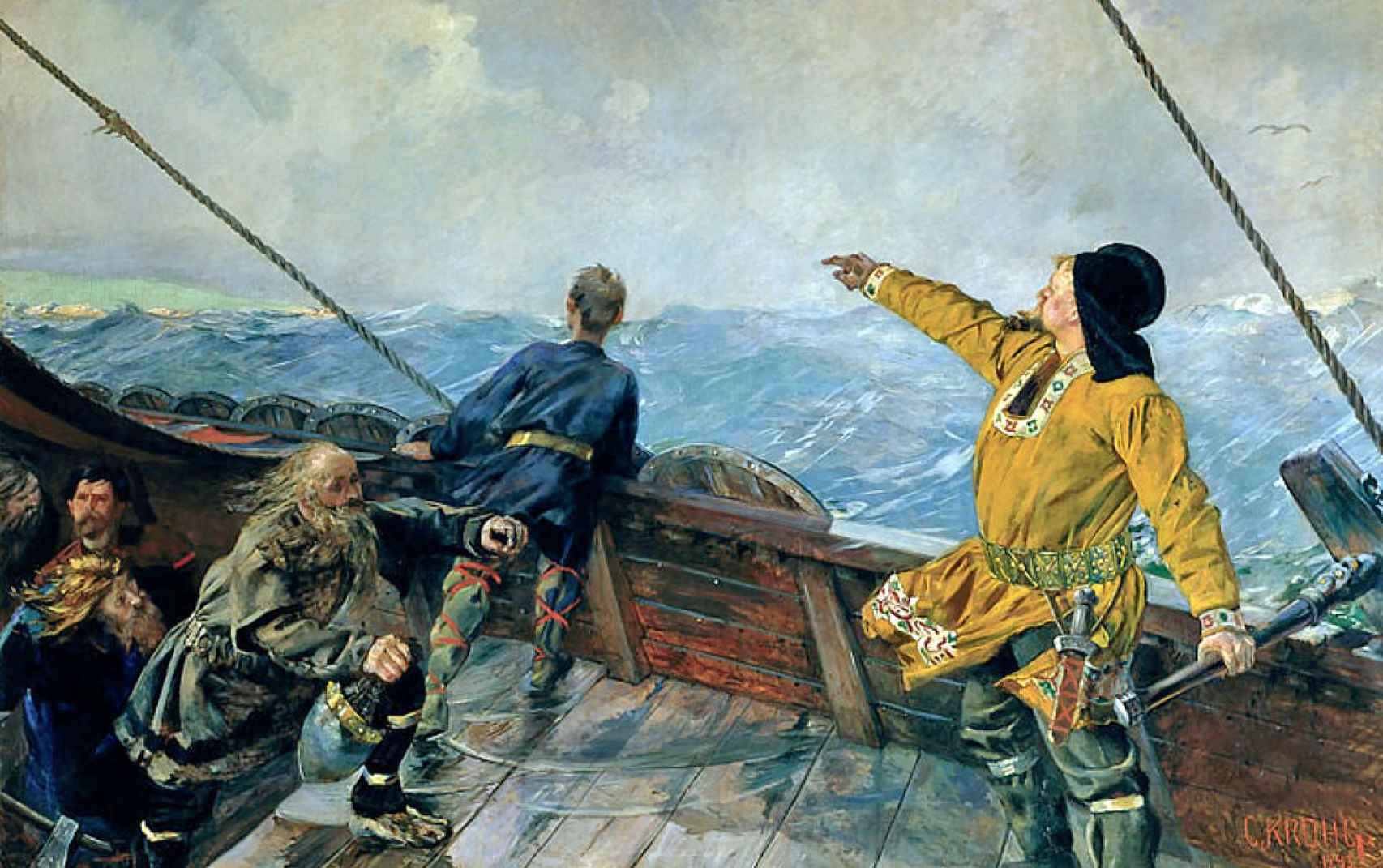Related news
In the mid-fourteenth century, some 150 years before the historic voyage of Christopher Columbus, there were already rumors in Italy of the existence of an unknown land west of Greenland. This is how the Milanese friar noted it Galvano Fiamma in its Chronicle Universalis, a medieval text of which only one copy has survived and belongs to an American collector – he bought it at a Christie’s auction in 1996 for $ 14,950. The unpublished work has just been studied by a team of researchers from the University of Milan, who have found “an amazing reference” to Marckalada (sic), “recognizable as the Markland mentioned by some Icelandic sources” from Viking times. The specialists in Nordic history have identified this place as a part of the Atlantic coast of North America.
That is, it is about the first mention of the American continent in the Mediterranean region, and causes a huge time jump with the Columbian discovery of 1492: the architects of the find, published in the magazine Land of the unknown, they point out that the Dominican had to write this work around 1340. How could you have collected this information? The main hypothesis is that Fiamma, a well-known chronicler who maintained contact with the city of Genoa throughout his life, heard these stories from the sailors who traded with the northern regions of Europe.
The historian friar’s text, according to the translation made by the researchers, reads as follows: “The sailors who sail the seas of Denmark and Norway say that beyond Norway, to the north, is Iceland. Beyond there is an island called Greenland, and further west there is a land called Marckalada. The locals are giants: there are stone buildings so large that no man could put them in their place, if not very large giants. Green trees grow there and many animals and birds live. But there has never been no sailor who has been able to know with certainty news about this land and their characteristics”.
Columbus’s landing in America painted by Dióscoro Puebla (1862)
Prado Museum
The news of the existence of lands beyond the Atlantic had never before been documented outside of Scandinavia. According to the Nordic sagas, such as that of Erik the Red, some stories confirmed by archeology, the Vikings arrived in Newfoundland, which they called Vinland, around the year 1000 – the first trip to the so-called New World would have been led by Leif Erikson and not for Christopher Columbus. Specifically, Markland has been identified as an area further north, closer to Greenland. Those crossings would have been made known, therefore, through word of mouth of the sailors who traded along the European Atlantic coast.
Publication of the text
“This amazing discovery is the first reference to circulate in the Mediterranean on the American continent, and if Columbus was aware of what these sailors knew, he could have convinced him to embark on his journey,” he valued Paolo Chiesa, professor of medieval literature at the University of Milan and director of the project. The possibility that the Genoese admiral intentionally sought these unknown lands is not supported by the fact that until the very day of his death, May 20, 1506, He stubbornly defended that he had reached Asia and not to what would be baptized as America.
“The mention of America is just one of the surprises that the Chronicle Universalis by Galvano Fiamma, although it is probably the most amazing “, added the researcher from the Department of Literary, Philological and Linguistic Studies of the University of Milan.” It is an unpublished work, on which we built an educational project in which they have several students collaborated by translating the manuscript and clean interpretation of the text. They have learned a lot from this experience and now also have the satisfaction of seeing their work lead to surprising scientific results. “
‘Leif Erikson discovers America’, by Christian Krohg (1893).
Wikimedia Commons
The part of the medieval chronicle that contains the mention of America was translated by Giulia Greco, PhD student at the University of Trento. “The manuscript is drawn up in a gothic script from northern Italy, not always easy to decipher. In addition to the transcription of the part of the text assigned to them, each student had to identify the sources used by Galvano for the information they collected. For the phrase ‘American’, in particular, no book sources have been identified, so Galvano must be believed when he says he was collecting oral information, “the researcher pointed out.
The next phase of the research project consists of the publication of the Chronicle Universalis in its entirety, an editing work coordinated by Federica Favero. “The manuscript is preserved in the United States and is privately owned. Therefore, it was necessary to go to the site: the owner authorized us to photograph the entire codex and we work on the basis of these photographs “, he has detailed.” Now it is a question of standardizing the transcripts produced by the theses to a scientific editorial model, of delve into the remaining dark spots and provide the necessary comment to the text; once this is done, the Chronicle Universalis it will be available to everyone, as it deserves. “A work that can change history.
Follow the topics that interest you
Reference-www.elespanol.com

